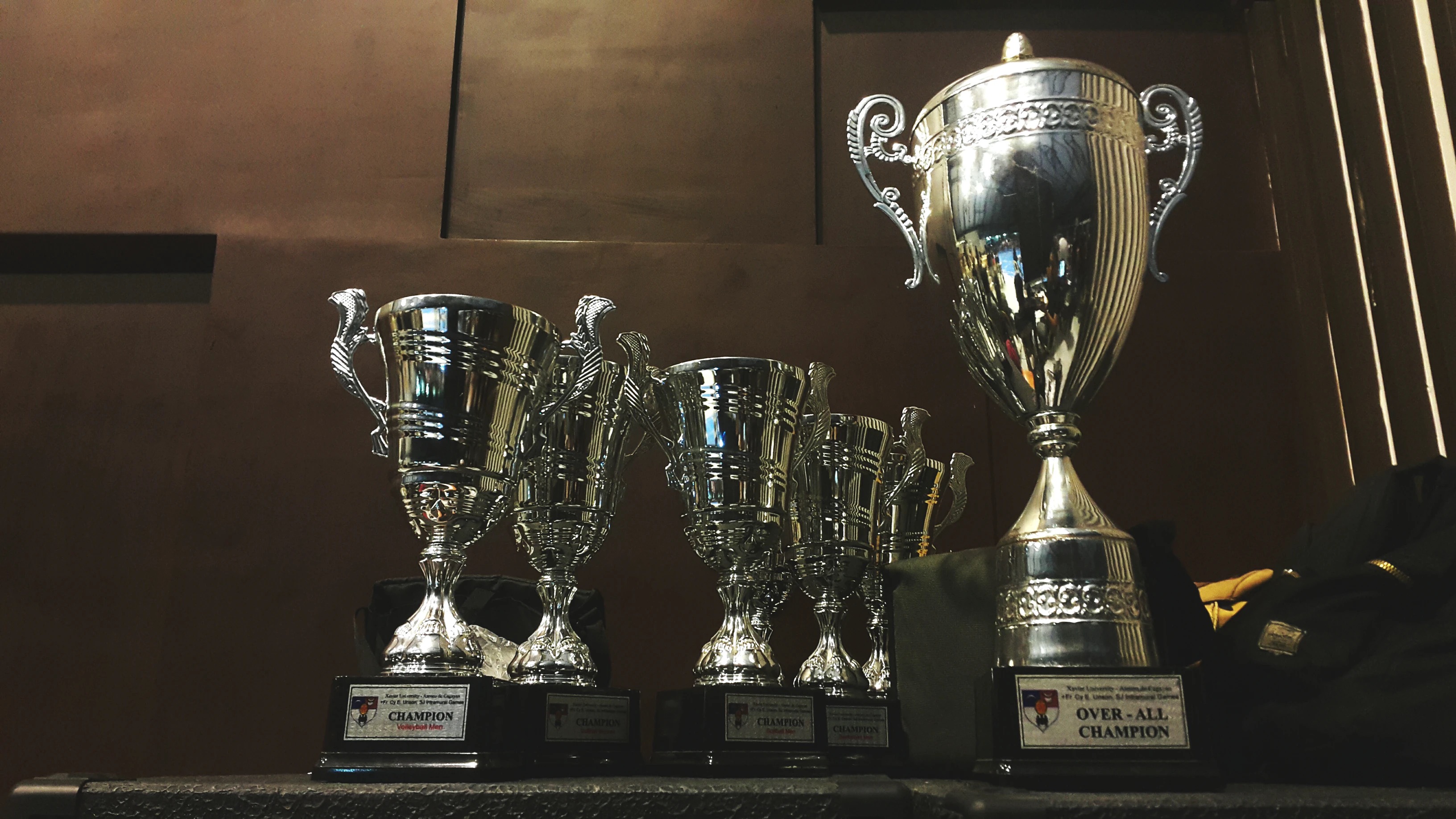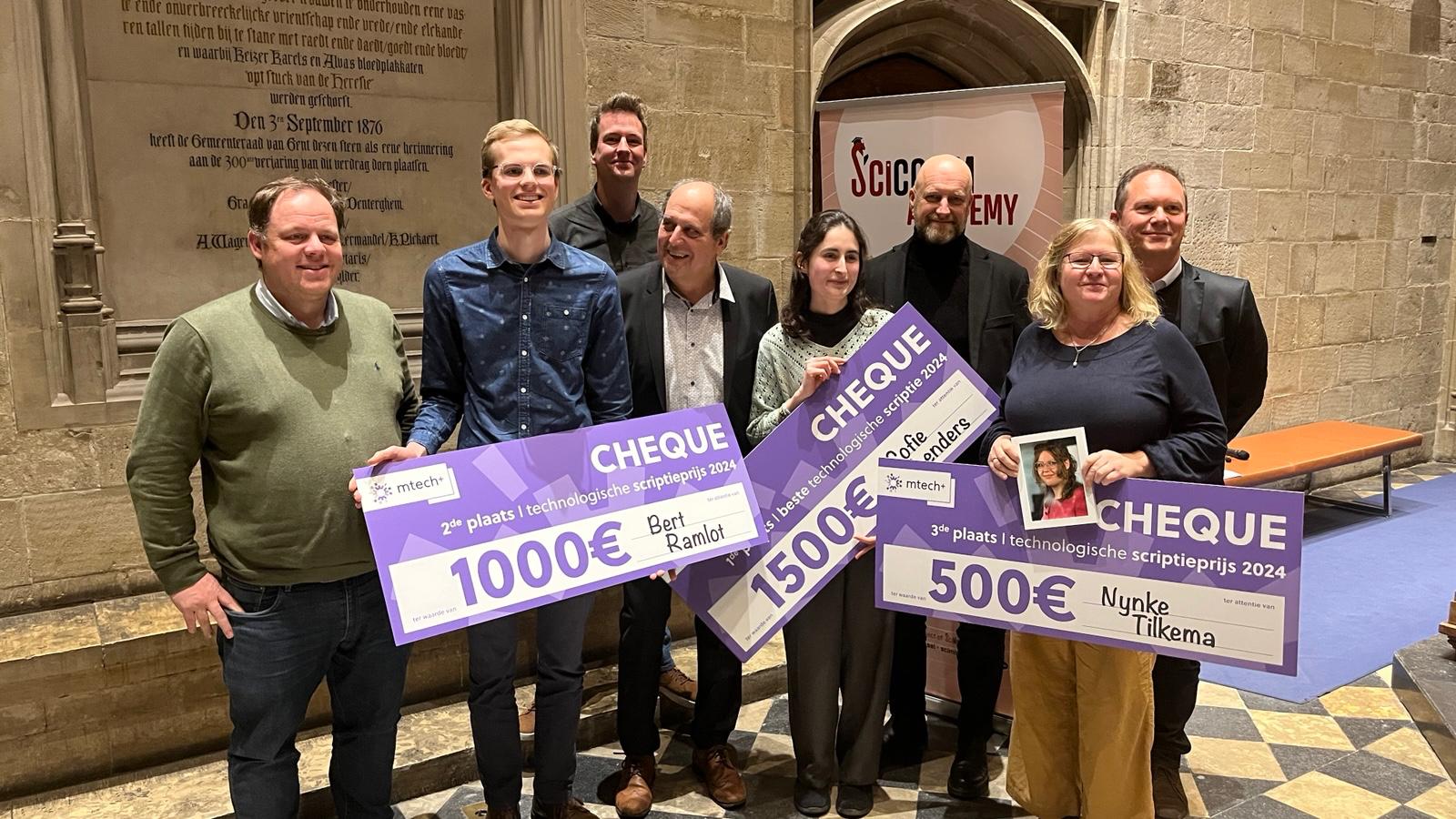5G BROADCAST - Efficient software-defined adaptive video streaming leveraging 5G terrestrial broadcasting in combination with existing (mobile) over-the-top streaming.
Digital video broadcasting standards (e.g., DVB-T2) were created to enable linear video broadcasting towards a large user base through a high-power, high-tower (HPHT) network. Due to the evolution in high-speed broadband connections however, internet streaming gained traction and is virtually pushing these DVB standards out of the picture. This poses a significant risk of rendering a unique, region-wide and efficient transmission infrastructure obsolete.
With 5G however, a major opportunity arises since it is not only a telecom technology, but also a broadcast technology allowing video delivery over a HPHT network using the unified 5G technology.
The objective of 5G BROADCAST is to investigate the use of 5G terrestrial broadcasting in synergy with existing public broadband networks to deliver reliable video streams to the end-users
The objective of 5G BROADCAST is to investigate the use of 5G terrestrial broadcasting in synergy with existing public broadband networks to deliver reliable video streams to the end-users, taking advantage of dedicated encoding and streaming protocols as well as software-defined networks in order to steer and optimize the complex interplay of peak demand and frequency usage in real time.
In depth research will be done along the following topics:
- Design and characterisation of a broadly applicable next-gen 5G terrestrial broadcast architecture and implementing this in a first real-life HPHT network.
- Novel data-driven network quality index to define broadband offload potential towards a 5G HPHT broadcast network.
- IP layer multi path streaming distribution system for reliable 5G terrestrial broadcast video, both for pure broadcast mode as well as unicast support modes (e.g., unicast repair mechanisms and unicast enhancement layers).
- Enabling techniques and protocols for seamless handoff between unicast and broadcast streams over 5G.
- Dynamic software-defined network capable of optimising LTE offload in real-time, taking into account real-time in-network information, location and client statistics.
The research consortium
Our industry partners within the 5G BROADCAST project are: Norkring, Synamedia, Skyline Communications and Zappware. Both IDLab-MEDIA and the network streaming team of IDLab are involved as imec research groups. DPG Media will participate as strategic user-group partner.









